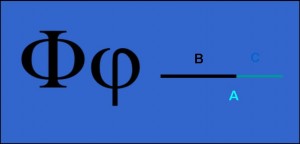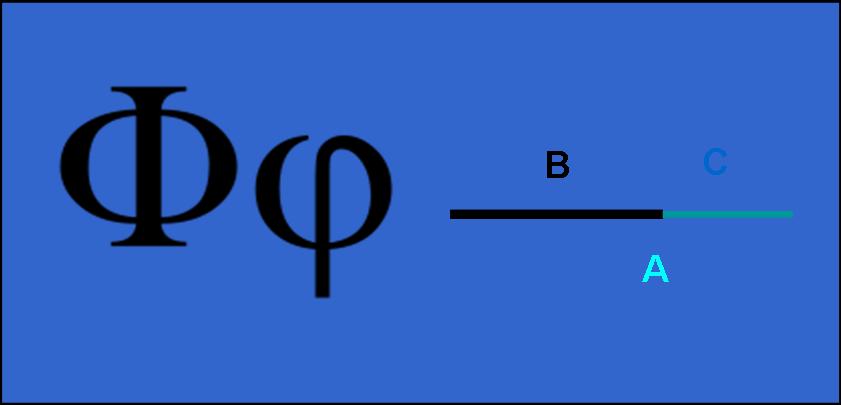Harmony (arithmetic-geometric)
Health-Harmony (arithmetical-geometrical)
Health-Harmony-Dynamic balance-Proportion (arithmetical-geometrical)
The Greek word harmonia αρμoνία means “fitting together” or “joining together.
In Pythagorean thought, number gives rise to proportion, and proportion gives rise to harmony. Harmony and justice is the result of good proportion made manifest, and the kosmos itself is a harmony in which all of the parts are proportionally bound together. The relation to the medicine is that everything is together in a dynamic balance. In this balance health results. Without the balance between everything, illness occurs.
Order and beauty in arithmetical, geometrical form and proportion (Platon Timaeus 33A and 30D).
The Phi Ratio (Φ or φ) is present in various aspects of life. In fact, the human body itself is built around the transcendental number. The length of the first section of the human finger (the closest to the hand) divided by the length of the middle segment, equates to Phi. The same is true with toes. The length of the upper leg (the thighs) divided by the length of the lower leg (the shins) is once again the Phi Ratio. Of course, this varies from person to person, as everyone develops slightly differently, but most people are within a reasonable distance from this number; the prototype human being has these exact proportions.
The ratio of the larger section (B) to the whole line (A) is the same as the ratio as the smaller section (C) to the large section (B):

(Plato, Republic 443D–444). Justice is present in any well-functioning organism, society—and also the soul. The Pythagoreans engaged in the study of number theory or arithmetic (number in itself), geometry (number in space), harmonics or tuning theory (number in time), and astronomy (number in space and time).
Since the twentieth century, the golden ratio has been represented by the greek letter Φ or φ (phi after Phidias) or less commonly by τ (taf, the first letter of the ancient Greek root τομή—meaning cut).


